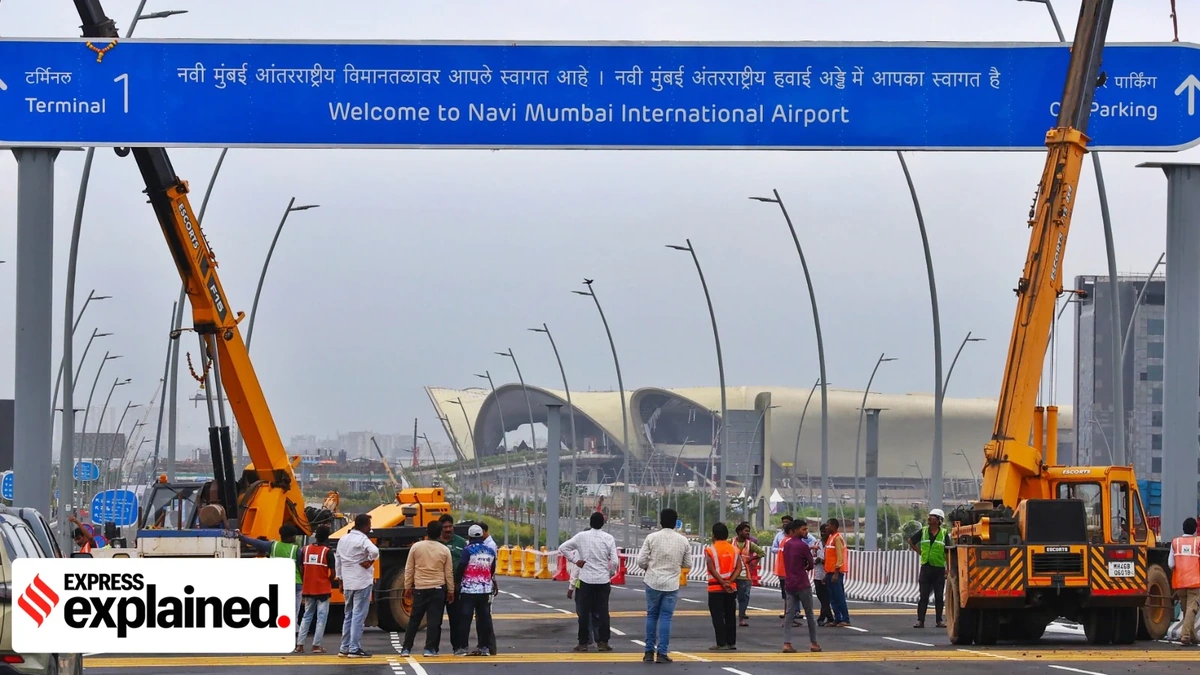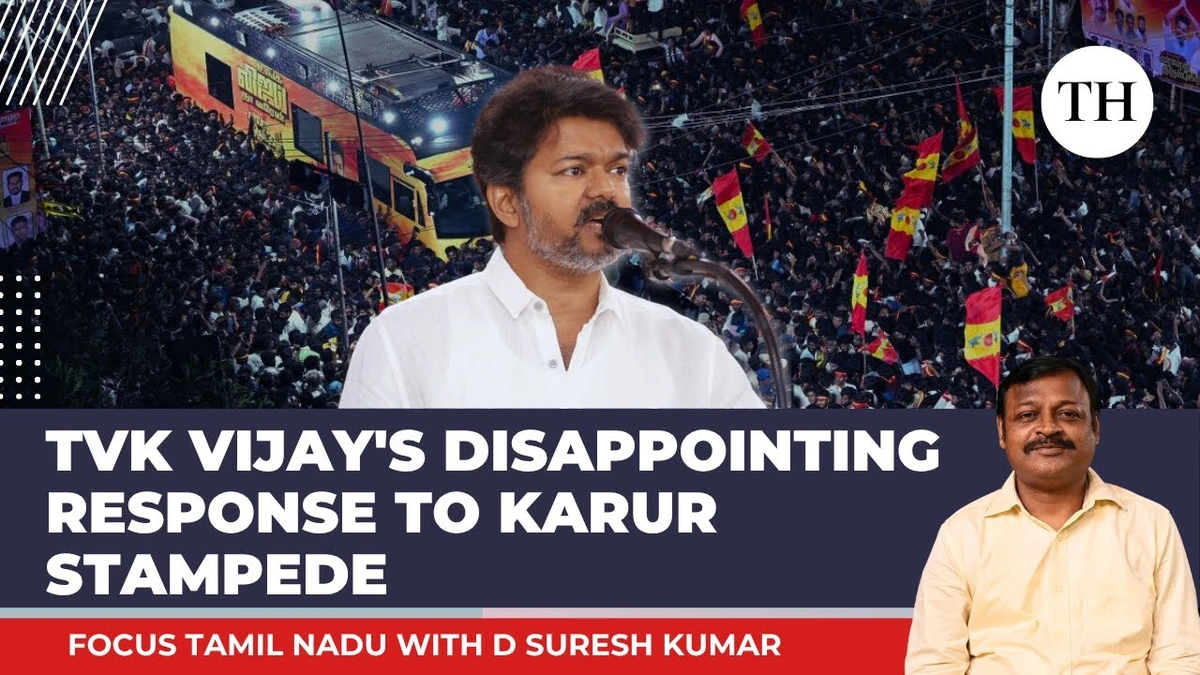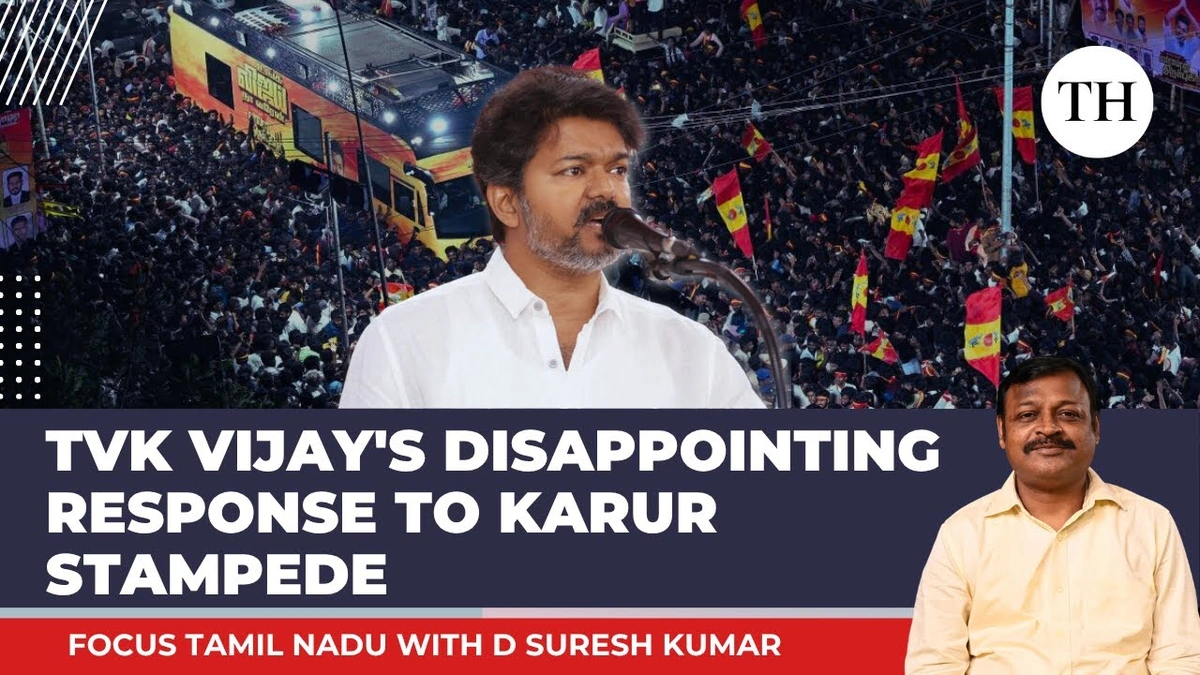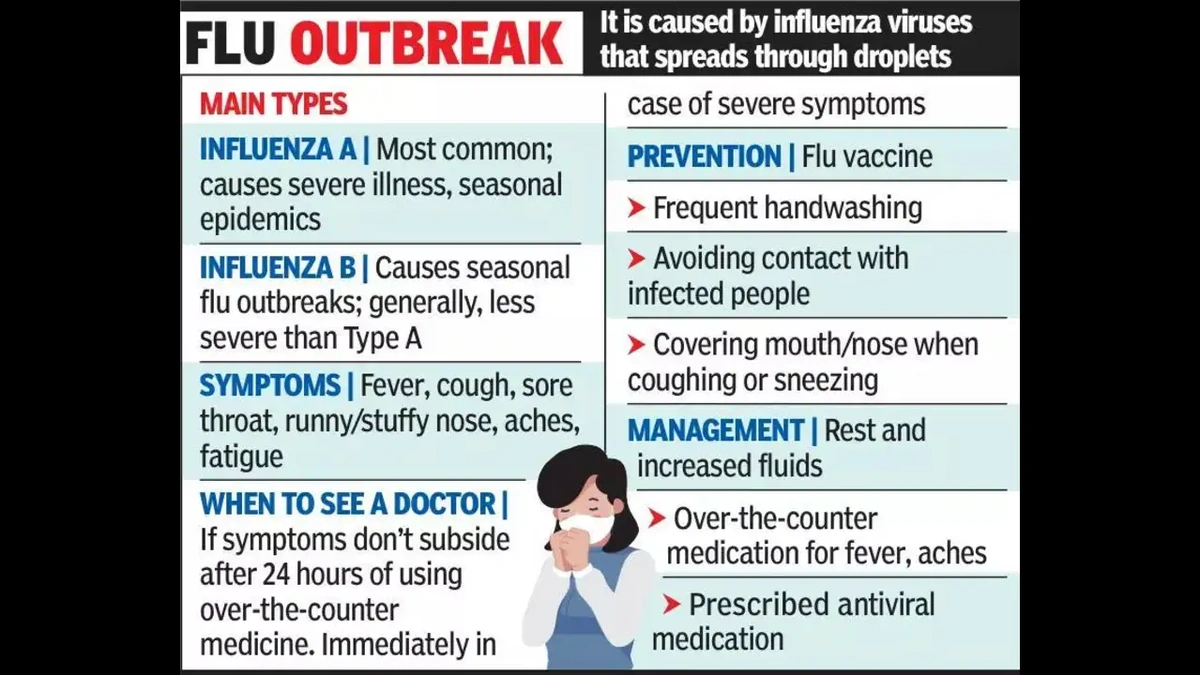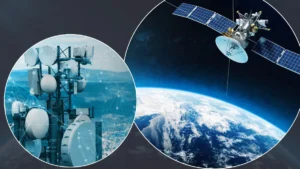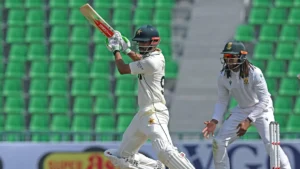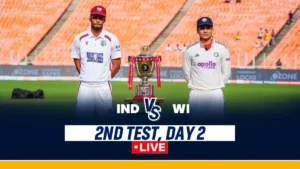PM Modi to Open Navi Mumbai Airport, Metro Line-3, and Introduce Mumbai One App
Okay, let’s talk about something big that’s about to change the game for Mumbai and Navi Mumbai: the inauguration of the Navi Mumbai Airport , alongside Metro Line-3 and the Mumbai One App. It’s not just about new infrastructure; it’s about how we live, work, and move. What fascinates me is how these projects interlink, creating a more connected and efficient urban experience. This isn’t just news; it’s a turning point.
Why the Navi Mumbai Airport Matters More Than You Think

So, everyone’s talking about a new airport. Big deal, right? Wrong. The Navi Mumbai International Airport (NMIA) is way more significant than just another place to catch a flight. It’s about unlocking potential. See, Mumbai’s Chhatrapati Shivaji Maharaj International Airport (CSMIA) is bursting at the seams. It’s operating way beyond its designed capacity, causing delays, frustration, and hindering growth. The new airport alleviates this pressure and soothes the bottleneck. But, and this is a big ‘but’, NMIA is also about future-proofing the region. It’s anticipating the explosive growth in air travel and commerce. It also has provisions for cargo handling, to increase both import and export opportunities. According to recent analysis by the Airports Authority of India , this new airport will contribute significantly to the region’s GDP growth. It’s expected to serve millions of passengers annually and facilitate smoother connectivity for both domestic and international travelers, further enhancing Mumbai’s status as a global hub.
And let’s be honest, the current airport experience can be…stressful. More capacity and better design should translate to less chaos. What I initially thought was just another airport announcement quickly turned into a realization of the crucial role it plays in supporting Mumbai’s economic engine.
Metro Line-3 | A Game Changer for Commuters
Now, let’s move underground – literally. Metro Line-3 , also known as the Aqua Line, is a 33.5 km underground stretch connecting Colaba-Bandra-SEEPZ. This isn’t just another metro line; it’s a lifeline for millions of Mumbaikars battling daily traffic nightmares. Think about it: the north-south commute in Mumbai can be brutal. According to Mumbai Metropolitan Region Development Authority (MMRDA) reports, this line is projected to carry over 1.7 million passengers daily, drastically reducing road congestion. Here’s < a href=”https://gotrendingtoday.com/mammootty-ed-raid-3/” target=”_blank” rel=”nofollow noopener”> somethingelse: it connects key business districts, residential areas, and the airport (eventually). It’s a seamless integration that promises to save commuters time and reduce stress. A common mistake people make is underestimating the impact of such infrastructure on their daily lives. I think the true measure of success here won’t just be ridership numbers but also the improvement in the overall quality of life for Mumbaikars. The project involves advanced technology and safety measures, ensuring a comfortable and secure travel experience. As per the project details on the MMRDA website , the line includes several underground stations strategically located to provide convenient access to commercial hubs, educational institutions, and residential areas.
Mumbai One App | Consolidating Services
Then there’s the Mumbai One App . In a city where everything is fragmented, an app that brings together various essential services? Sounds too good to be true, right? The promise is compelling: a single platform for accessing transport information, paying bills, and accessing government services. Imagine booking a metro ticket, paying your electricity bill, and checking traffic updates – all in one place. The benefits are clear: convenience, efficiency, and reduced reliance on multiple apps. What remains to be seen is how well this app integrates with existing systems and how user-friendly it will be in practice. But , the potential is undeniable. It will be interesting to note the level of cybersecurity measures being incorporated and how they plan to protect user data. Here’s < a href=”https://gotrendingtoday.com/september-school-holidays-2/” target=”_blank” rel=”nofollow noopener”> somethingabout digital integration in India, it is steadily growing.
The Interconnected Future of Mumbai
So, we have an airport, a metro line, and a super-app. But here’s the thing: it’s the synergy that truly matters. The NMIA will be linked to the metro network, the Mumbai One App providing seamless access to transport options, and efficient cargo handling boosting economic activity. The combined impact of these projects is a more connected, efficient, and future-ready Mumbai. It’s not just about easing congestion or improving services; it’s about creating a more livable and prosperous city for everyone. I initially thought this was straightforward, but then I realized the extent to which these three projects work together. I see it as a holistic upgrade. I also see it as a significant step towards the government’s vision of a Smart City, where technology and infrastructure work together to improve the lives of citizens.
Challenges and Considerations for Navi Mumbai Airport
Of course, no major project is without its challenges. Land acquisition, environmental concerns, and rehabilitation of affected communities are all critical considerations. Ensuring that these projects are implemented sustainably and equitably is paramount. The project will impact real estate values of properties in the region. As per reports, land prices in areas near the airport have already begun to rise, reflecting the anticipated increase in demand. I am keen to know what policies and procedures are being developed to handle the relocation and compensation of displaced families and what measures are being put in place to protect the region’s biodiversity.
FAQ Section | All About Navi Mumbai Airport Inauguration
Frequently Asked Questions
When is the Navi Mumbai Airport expected to be fully operational?
While parts may open sooner, full operation is projected within the next 12-24 months.
How will Metro Line-3 connect to the Navi Mumbai Airport?
Future extensions are planned to directly link the line to the airport terminal.
What services will be available on the Mumbai One App?
Transport booking, bill payments, government services, and city information.
What are the environmental considerations for the airport project?
Extensive impact assessments and mitigation plans are in place to minimize ecological damage.
How will the new infrastructure impact property prices in Navi Mumbai?
Prices are expected to rise, particularly in areas near the airport and metro stations.
So, to conclude, while the PM Modi’s inauguration of the Navi Mumbai Airport , Metro Line-3 , and the Mumbai One App represents progress, what fascinates me is how these developments work together. It’s a glimpse into the future of urban living in India.
